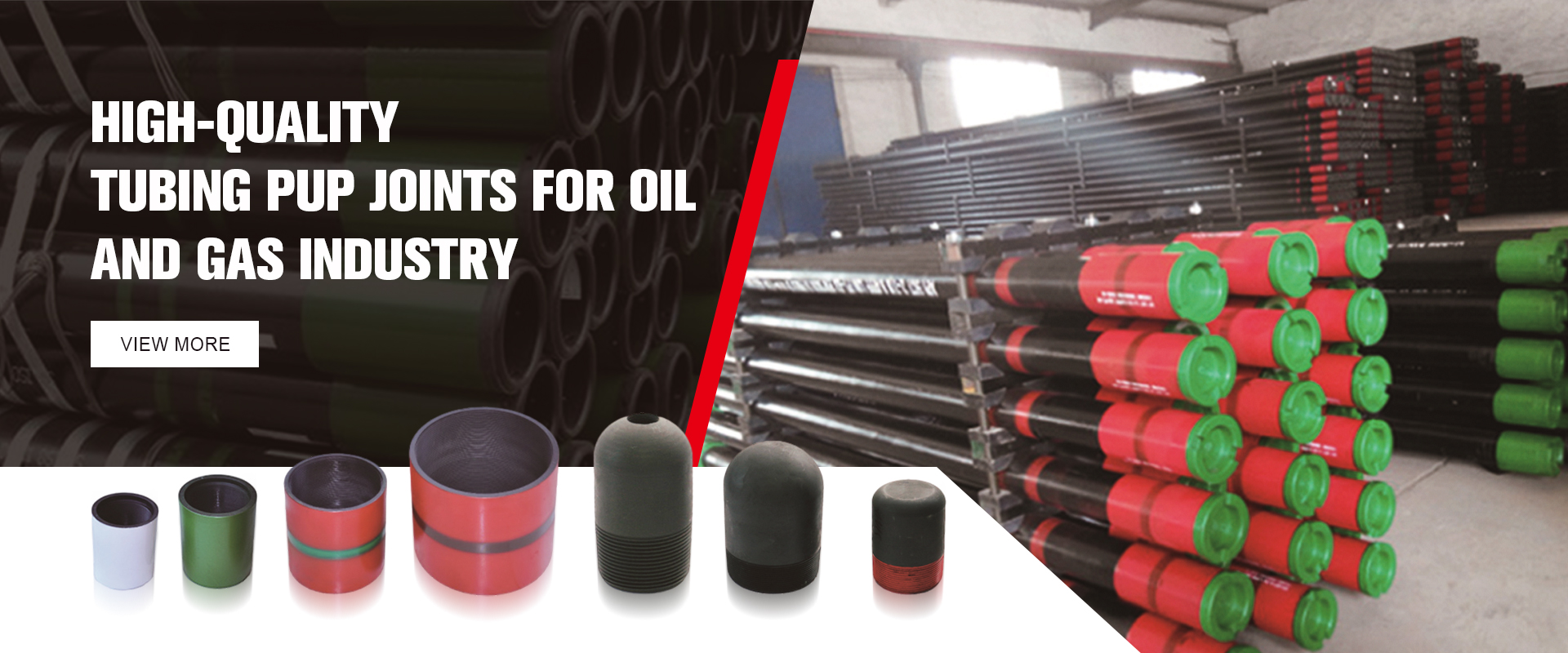- Afrikaans
- Albanian
- Amharic
- Arabic
- Armenian
- Azerbaijani
- Basque
- Belarusian
- Bengali
- Bosnian
- Bulgarian
- Catalan
- Cebuano
- Corsican
- Croatian
- Czech
- Danish
- Dutch
- English
- Esperanto
- Estonian
- Finnish
- French
- Frisian
- Galician
- Georgian
- German
- Greek
- Gujarati
- Haitian Creole
- hausa
- hawaiian
- Hebrew
- Hindi
- Miao
- Hungarian
- Icelandic
- igbo
- Indonesian
- irish
- Italian
- Japanese
- Javanese
- Kannada
- kazakh
- Khmer
- Rwandese
- Korean
- Kurdish
- Kyrgyz
- Lao
- Latin
- Latvian
- Lithuanian
- Luxembourgish
- Macedonian
- Malgashi
- Malay
- Malayalam
- Maltese
- Maori
- Marathi
- Mongolian
- Myanmar
- Nepali
- Norwegian
- Norwegian
- Occitan
- Pashto
- Persian
- Polish
- Portuguese
- Punjabi
- Romanian
- Russian
- Samoan
- Scottish Gaelic
- Serbian
- Sesotho
- Shona
- Sindhi
- Sinhala
- Slovak
- Slovenian
- Somali
- Spanish
- Sundanese
- Swahili
- Swedish
- Tagalog
- Tajik
- Tamil
- Tatar
- Telugu
- Thai
- Turkish
- Turkmen
- Ukrainian
- Urdu
- Uighur
- Uzbek
- Vietnamese
- Welsh
- Bantu
- Yiddish
- Yoruba
- Zulu
aluminum pipe couplings and fittings
Aluminum Pipe Couplings and Fittings An Overview
Aluminum pipe couplings and fittings play a crucial role in various industries, from construction to manufacturing. Their lightweight yet durable nature makes them an ideal choice for applications where both strength and weight are critical factors. In this article, we will explore the various types of aluminum pipe couplings and fittings, their advantages, applications, and installation considerations.
Types of Aluminum Pipe Couplings and Fittings
Aluminum pipe couplings and fittings come in various shapes and sizes, designed to meet specific requirements across different industries. Common types include
1. Couplings These are used to connect two pipes together. They can be found in both threaded and slip-on designs, allowing for versatile assembly options.
2. Elbows Typically used to change the direction of piping, aluminum elbows come in various angles, including 45 degrees and 90 degrees.
3. Tees Aluminum tees allow for branching off from a main line, enabling fluid or gas flow to multiple directions.
4. Reducers This type of fitting is used to connect two pipes of different diameters, facilitating smooth transitions between varying pipe sizes.
5. Flanges Used to create a detachable connection between pipes, flanges provide a robust sealing mechanism that helps prevent leaks.
6. Caps and Plugs These fittings are used to seal the ends of pipes, ensuring that the contents remain contained and preventing contamination.
Advantages of Aluminum Fittings
aluminum pipe couplings and fittings

One of the key benefits of aluminum pipe couplings and fittings is their lightweight nature. Compared to materials like steel, aluminum's lower density reduces transportation costs and makes handling easier during installation. Additionally, aluminum is resistant to corrosion, which enhances the longevity of the fittings, especially in harsh environments.
Furthermore, aluminum can be easily machined, allowing for precision manufacturing of fittings to meet specific requirements. This attribute is particularly valuable in industries that demand high tolerances and customized designs.
Another notable advantage is the aesthetic appeal of aluminum. Its natural silvery sheen offers a clean and modern look, making it a preferred choice in architectural applications where visibility is a factor.
Applications of Aluminum Pipe Couplings and Fittings
The versatility of aluminum pipe couplings and fittings allows them to be used in a wide range of applications. They are commonly found in HVAC systems, where they facilitate air distribution with minimal weight impact. In the automotive industry, aluminum fittings and couplings are used for fuel and fluid lines, contributing to overall vehicle efficiency.
In construction, these fittings are utilized in scaffolding, railings, and structural support systems, where strength-to-weight ratios are critical. Furthermore, in the marine industry, aluminum fittings are favored for plumbing and fuel systems due to their resistance to corrosion from saltwater environments.
Installation Considerations
While aluminum pipe couplings and fittings are relatively easy to install, certain considerations must be taken into account. Proper surface preparation is essential to ensure a snug fit and reduce the risk of leaks. When working with threaded aluminum fittings, it is advisable to use appropriate thread sealants to enhance sealing integrity.
Moreover, since aluminum can be sensitive to galvanic corrosion when in contact with dissimilar metals, care should be taken to isolate aluminum fittings from other metals when necessary.
Conclusion
In conclusion, aluminum pipe couplings and fittings represent a practical solution for various piping needs across multiple industries. Their combination of light weight, corrosion resistance, and ease of installation makes them a popular choice for both structural and system applications. As industries continue to seek efficient and durable piping solutions, the role of aluminum fittings will undoubtedly remain pivotal. Whether for plumbing, HVAC, or automotive applications, understanding the benefits and proper use of aluminum couplings and fittings is essential for achieving optimal performance and longevity in piping systems.
-
Tubing Pup Joints: Essential Components for Oil and Gas OperationsNewsJul.10,2025
-
Pup Joints: Essential Components for Reliable Drilling OperationsNewsJul.10,2025
-
Pipe Couplings: Connecting Your World EfficientlyNewsJul.10,2025
-
Mastering Oilfield Operations with Quality Tubing and CasingNewsJul.10,2025
-
High-Quality Casing Couplings for Every NeedNewsJul.10,2025
-
Boost Your Drilling Efficiency with Premium Crossover Tools & Seating NipplesNewsJul.10,2025







